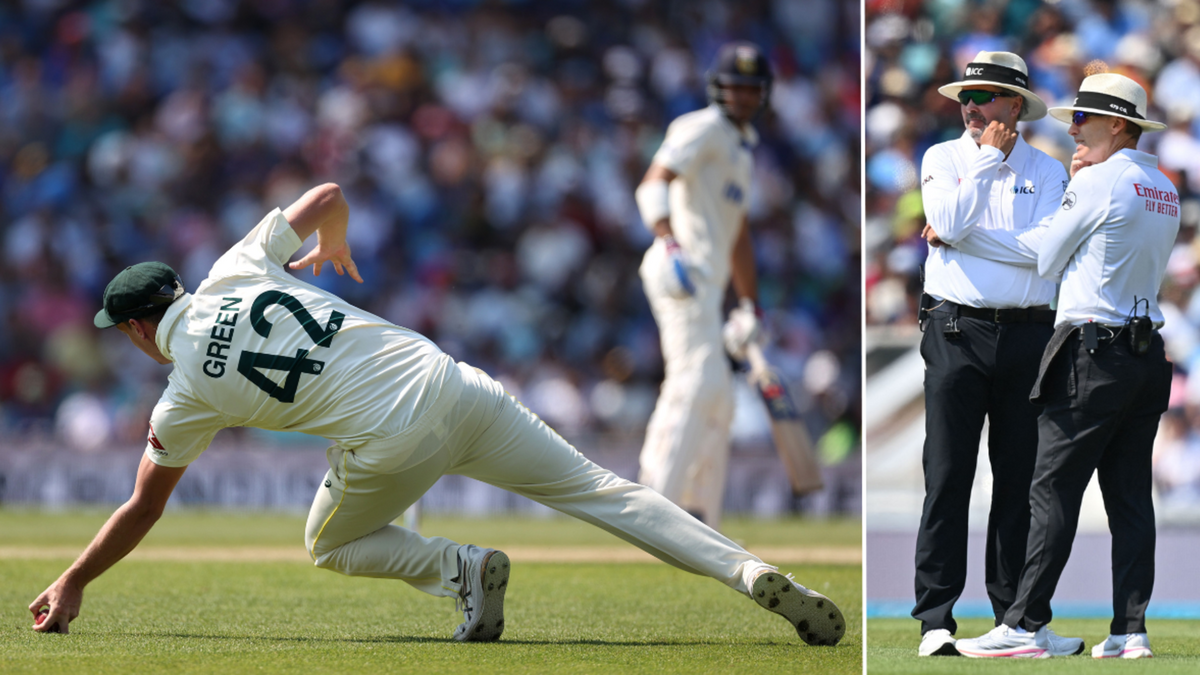
Shubman Gill was controversially given out caught at gully by Cameron Green on day four of the World Test Championship final at the Kia Oval today (June 10), with the TV umpire ruling that Green had fairly held onto a low chance.
To bet on the World Test Championship final with our Match Centre partners bet365, head here.

There was an agonising wait for Gill, who had looked in pristine touch up until that point, with TV umpire Richard Kettleborough utilising multiple replays to come to a decision. He could be heard trying to work out whether Green had fingers underneath the ball, and also debated whether he was in “full control”.
But which of these aspects actually count towards a catch being fair?
Law 33 of the Laws of Cricket deals with catches. It states: “The striker is out Caught if a ball delivered by the bowler, not being a No ball, touches his/her bat without having previously been in contact with any fielder, and is subsequently held by a fielder as a fair catch, as described in 33.2 and 33.3, before it touches the ground.”
While there is no further definition of the ground, it is generally accepted that a catch can still stand even if the ball touches the grass – it’s the ground underneath the grass that is out of bounds.
Law 33.2 states, “a catch will be fair if the ball is held in the hand or hands of a fielder, even if the hand holding the ball is touching the ground,” which explains why the fingers being under the ball is relevant. It is acceptable for the ball to be in Green’s hand and for Green’s hand to be touching the ground.
However, as Law 33 makes clear, the ball can’t touch the ground before the catch is completed, which Law 33.3 elaborates on: “The act of making a catch shall start from the time when the ball first comes into contact with a fielder’s person and shall end when a fielder obtains complete control over both the ball and his/her own movement.”
Green, according to Kettleborough, was in full control of the ball, but not of his own movement while diving. So the key decision was whether the ball had touched the ground, which remains a matter of some debate. A New Zealand-Bangladesh T20I in 2021 provides an example of a player taking a catch off the ground, before touching the ball to the ground afterwards, with the catch ruled out as a result.
Also relevant is the ICC’s Soft Signal protocols in the Playing Conditions, separate from the MCC’s Laws of Cricket. Previously the soft signal existed to allow on-field umpires to provide an initial decision, which the TV umpire could only overturn with conclusive evidence. However, there is no soft signal portion in the playing conditions for the World Test Championship final, with the decision therefore solely down to the TV umpire.








